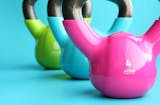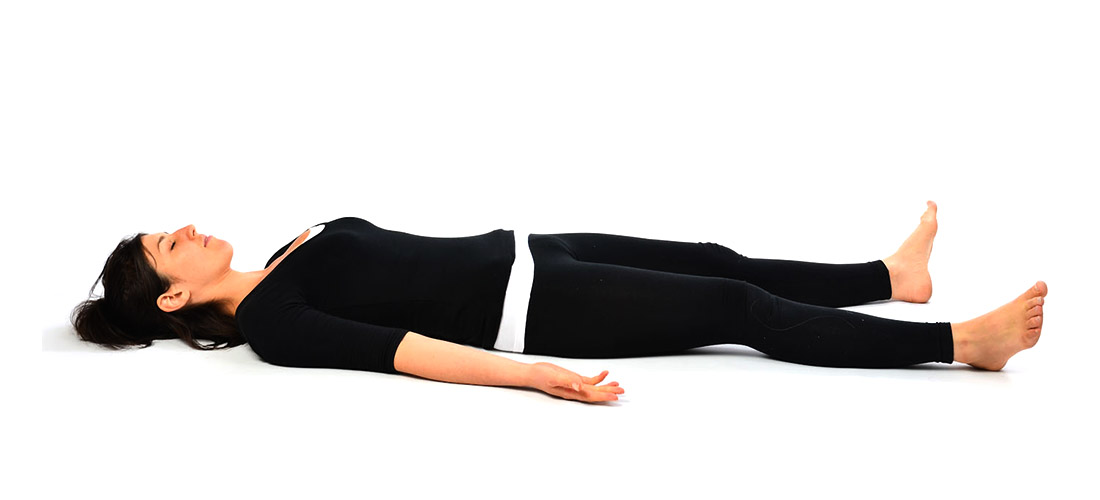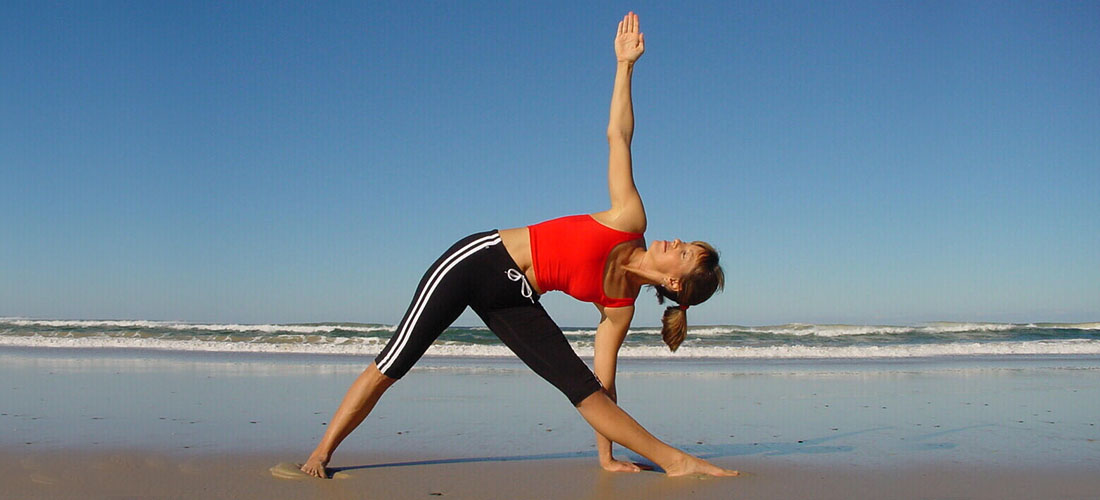Corpse pose (Savasana or Mrtasana) a.k.a death pose, is perhaps the most important of all the yoga asanas. It is performed after every exerting pose or at the end of yoga session to give the body optimum time to relax both physically and mentally.
The pose is very different from sleeping, as on the deeper level one has to consciously relax every muscle in his/her body. And hence, even though it involves lying in a supine neutral position, it often comes across as one of the most challenging of all yoga poses.
The various variations of Corpse pose form the foundation of the relaxing style of yoga, known as the Restorative Yoga.
Contents
Health Benefits
The pose is tremendously helpful in relieving depression and stress of all kinds and calming the nervous system. It is like a reboot mechanism wherein you don’t need to sleep or spare time for a nap. Also, it is a great remedy for insomnia.
Savasana holds profound ability in regulating blood pressure, heart and respiration rate while boosting energy levels, memory, cognition and focus. Most students skip this last session of yoga class, ought to know that this pose is THE tool to garner full benefits of any yoga class.
Getting into pose
What you need: Room with fresh air (if you’re doing it inside, otherwise do it in open area), and you.
Difficulty Level: Beginner to Advanced
Initial Position: Supine position – Lying flat on the ground with face up, arms on sides, palms upwards and legs together
Drishti or Gaze: While performing this pose, concentrate your gaze inwards (third eye/between the eyebrows)
Steps:
- Get into the initial position and take a deep breath.
- Focus on your feet and as you exhale, relax those muscles. Take another breath and with exhale let go off control of your ankles and calves.
- In this manner move towards your torso and one by one give in to the weight of the body part and relax. It is difficult to consciously lose control of a body part, but not impossible. (Note: As a personal indicator of progress, I use the feeling of breeze over my toes to know if I’m doing it all fine. This means, when my relaxation progresses fine, I start feeling a little breeze over my toes even when no wind is blowing in the vicinity. With practice you will find yours.)
- Gradually, move to your arms, chest, neck and brain. Do not rush this process. When you are done with that practice slow abdominal breathing. Also, if you have been doing it all fine, by the time you reach relaxing your head, abdominal breathing becomes almost involuntary. So, this is also another indicator.
- Perfecting Savasana will take you a long way, and instead of getting frustrated from few failed attempts, continue practicing. Once you learn it, you’ll be able to relax much faster and much better and almost anytime, anywhere. So, keep faith. The result will be worth the pain.
- Stay in the pose for as long as possible. The optimum time is 20-30 minutes. Less than 10 minutes is just a waste of time and energy, because that’s time which is required for the relaxation to reach the brain.
Other variations
- Iyengar Variation: (Savasana with pillows and bolsters) If you find it difficult to rest in the supine pose, make use of pillows and bolsters to find your most comfortable position, even if it is lying sideways. The aim is to relax mind and body. But do not just stop here. Keep adjusting the pillows for the supine position as it is this position in which all organs are least exerted and most aligned.
- Knees Bent Variation
- Different bolster/pillow positions: (1) Below knees, (2) Below neck, lower back and ankles, (3) Lower back, (4) Either side of head, (5) Between shoulder blades (6) Below neck. (Note: Adjust the height of bolster/pillow as per comfort in each case)
Beginner Tips
If you find your head tilting to one side, find soft towels to support your head on both sides and keep it in position. Also it is very important to lie down straight, so one should always ask a friend to look over you and ensure a perfect supine posture.
If the feet turn outwards or you feel more comfortable with legs being a few inches apart, it is not an issue. The idea is to find the most comfortable supine position and relax. Alternately, you can also try tying your feet slightly (inwards), as this is considered more relaxing position for the feet.
Advanced poses
- Yoga Nidra (Yogic sleep)
Important Notes
- The pose can be performed by anyone, but those with back and neck injuries should make use of pillows or bolsters to find their perfect (most comfortable) position. One can also try the knees bent variation.
- Pregnant women should use a soft pillow below neck, lower back and ankles to avoid shift of weight on the back and thighs.
Further reading
Last Updated: May 10, 2014
Next Scheduled Update: July 10, 2014






Comments are off this post!